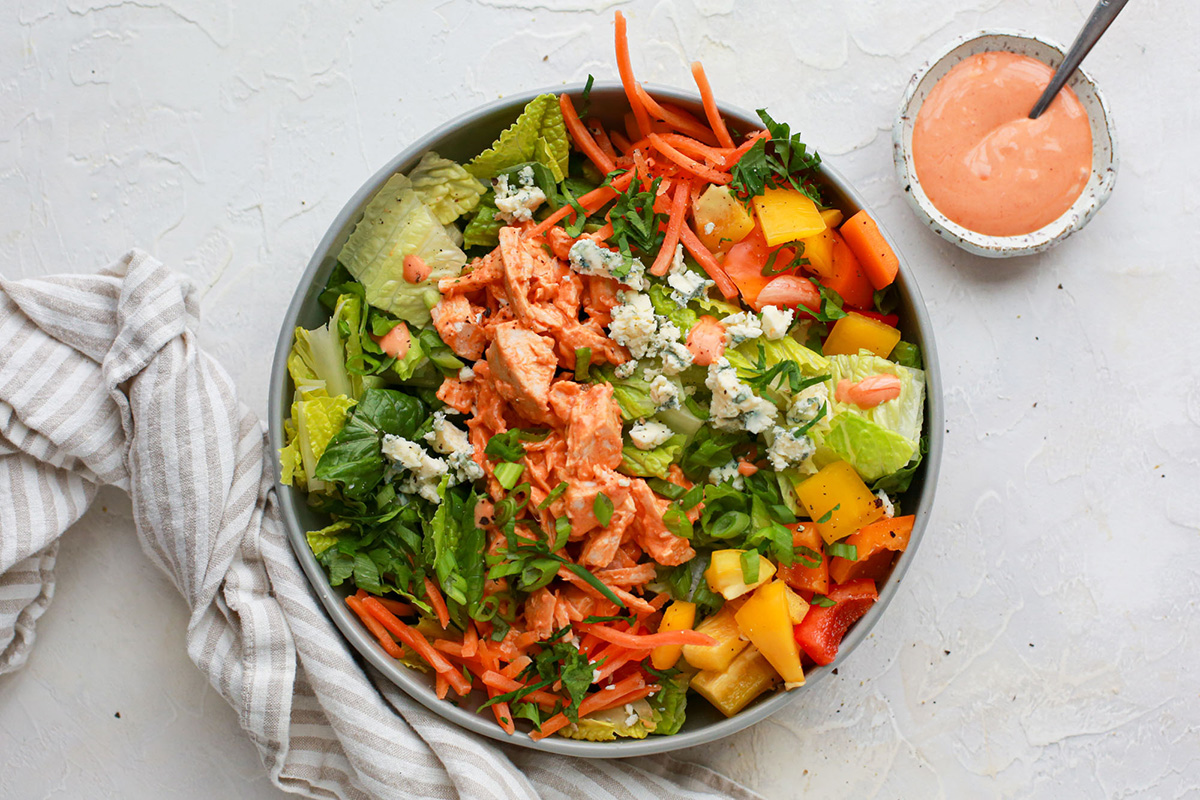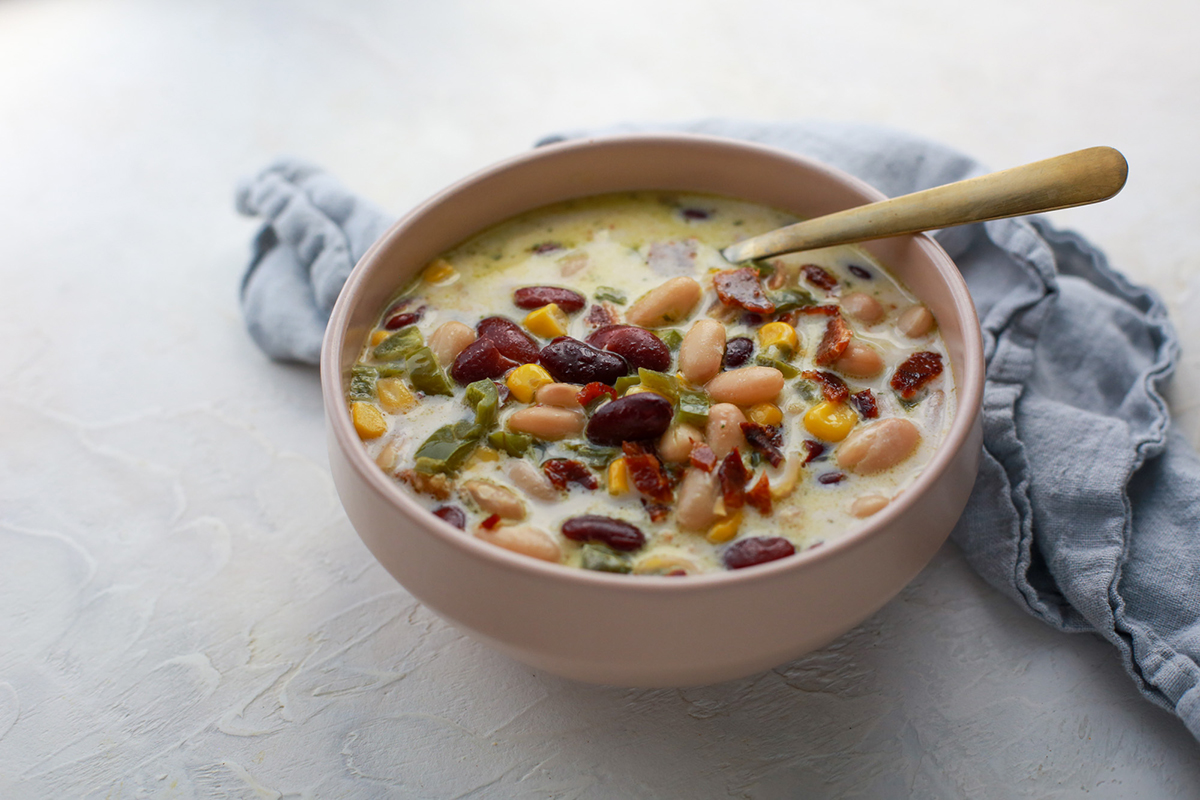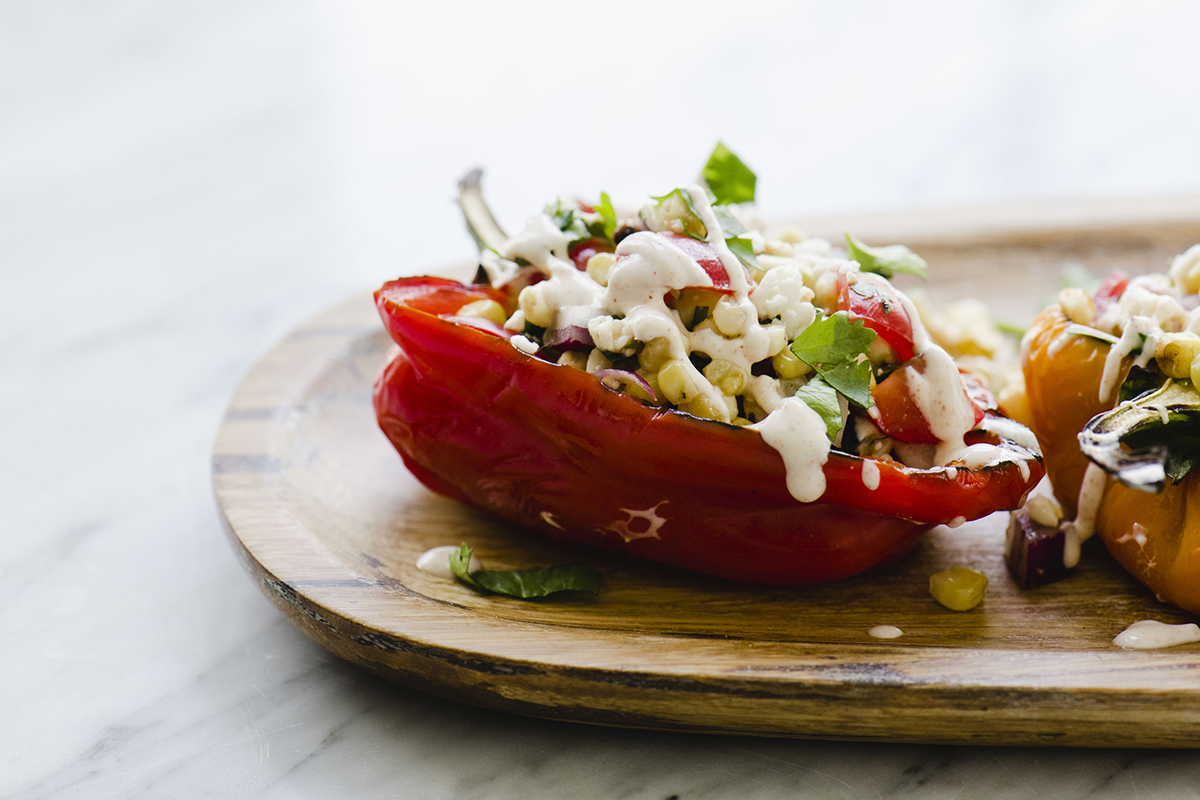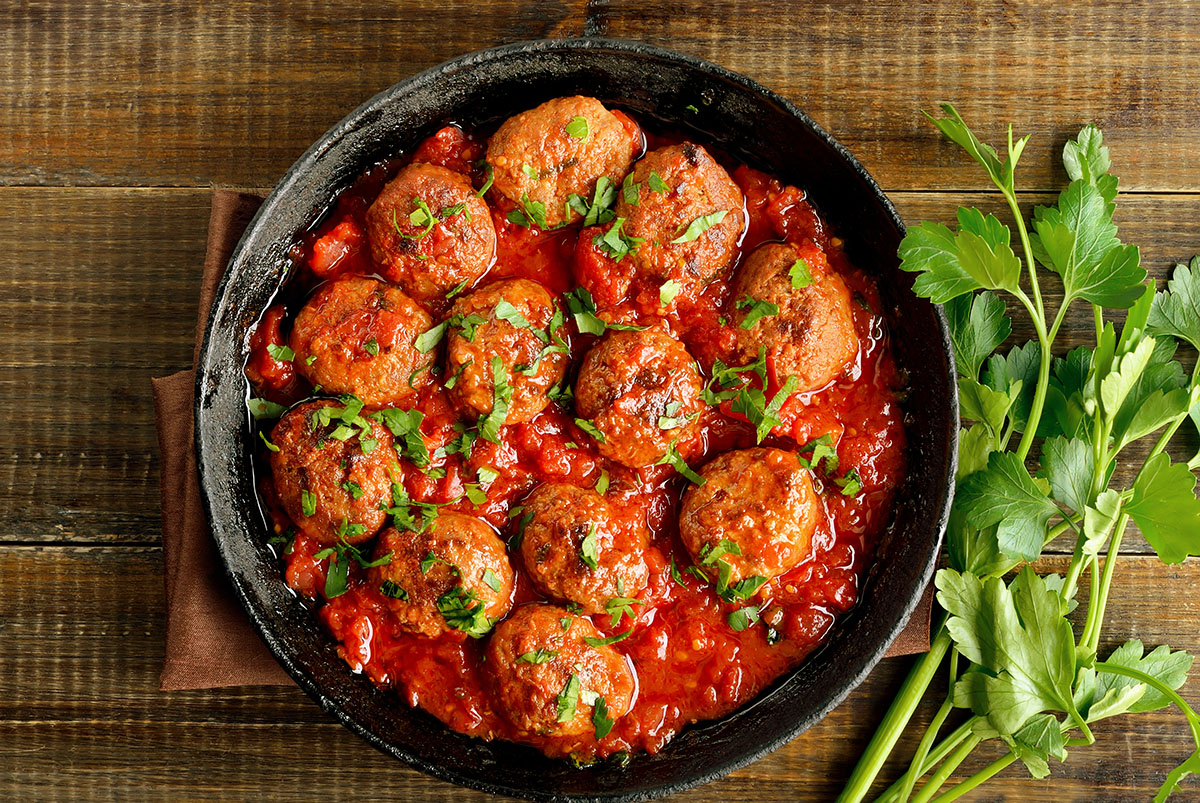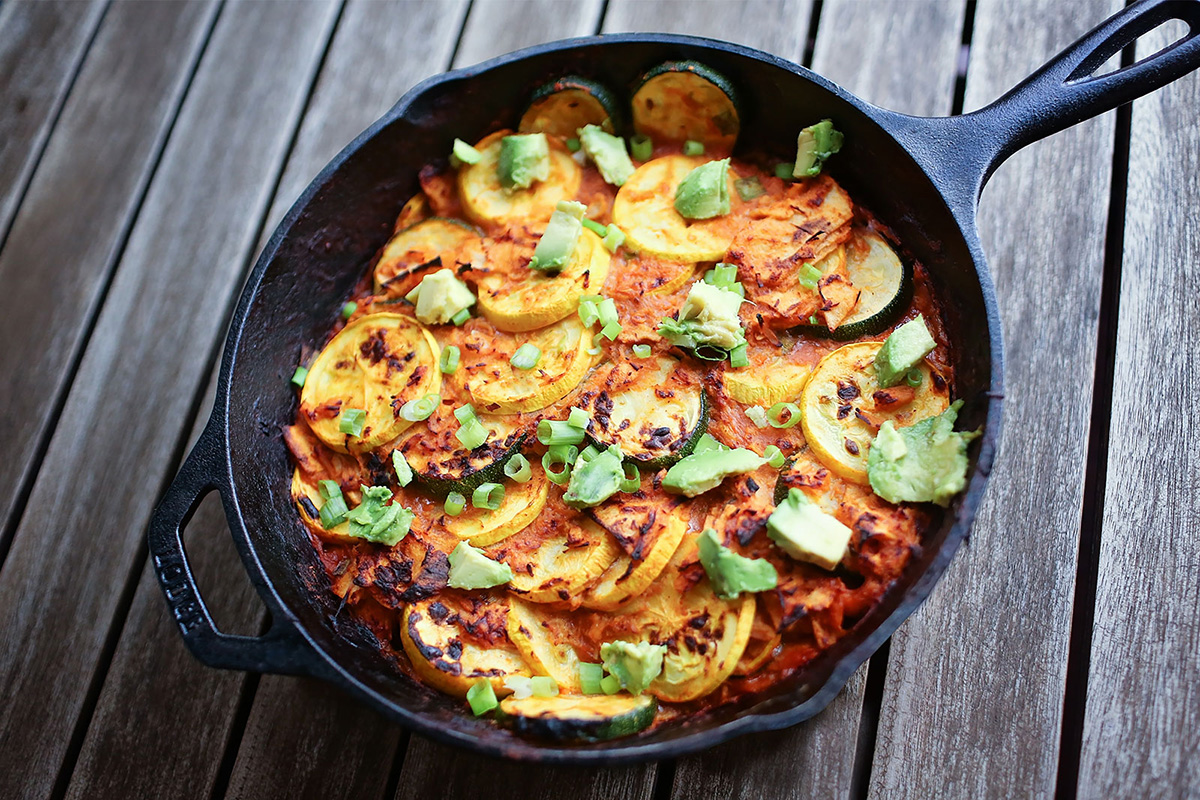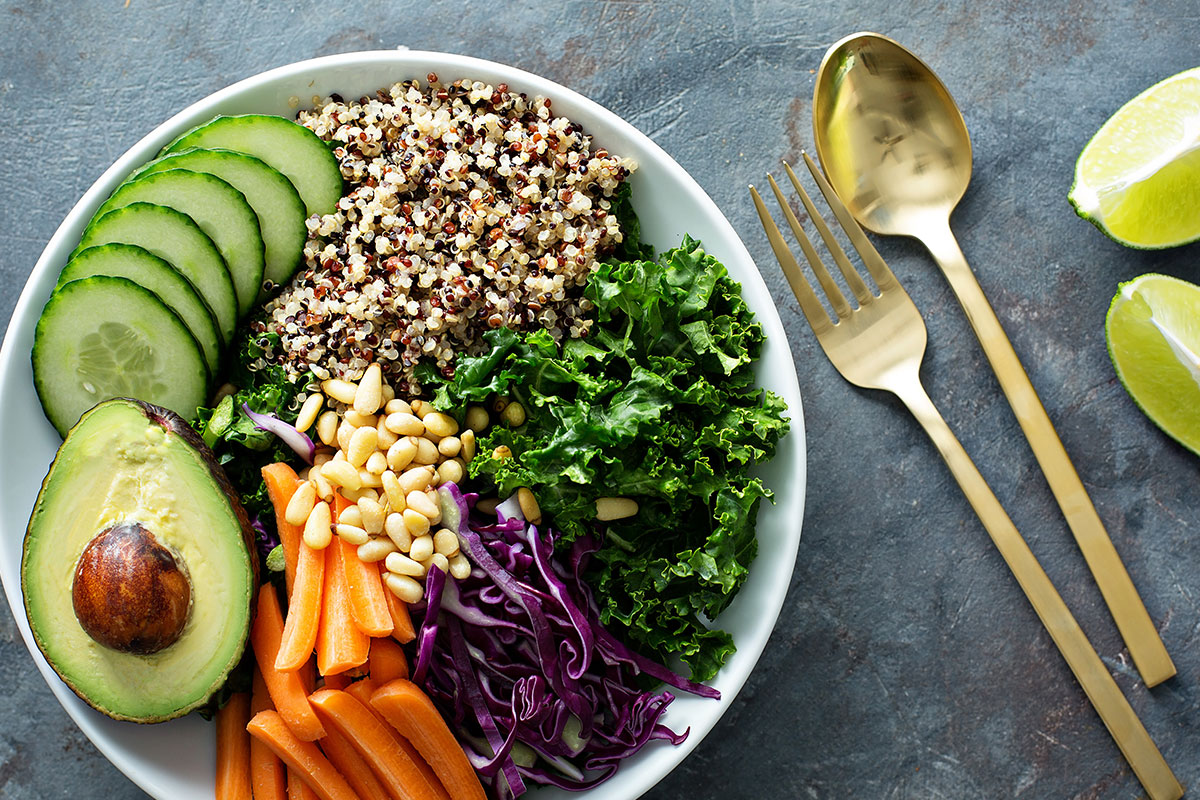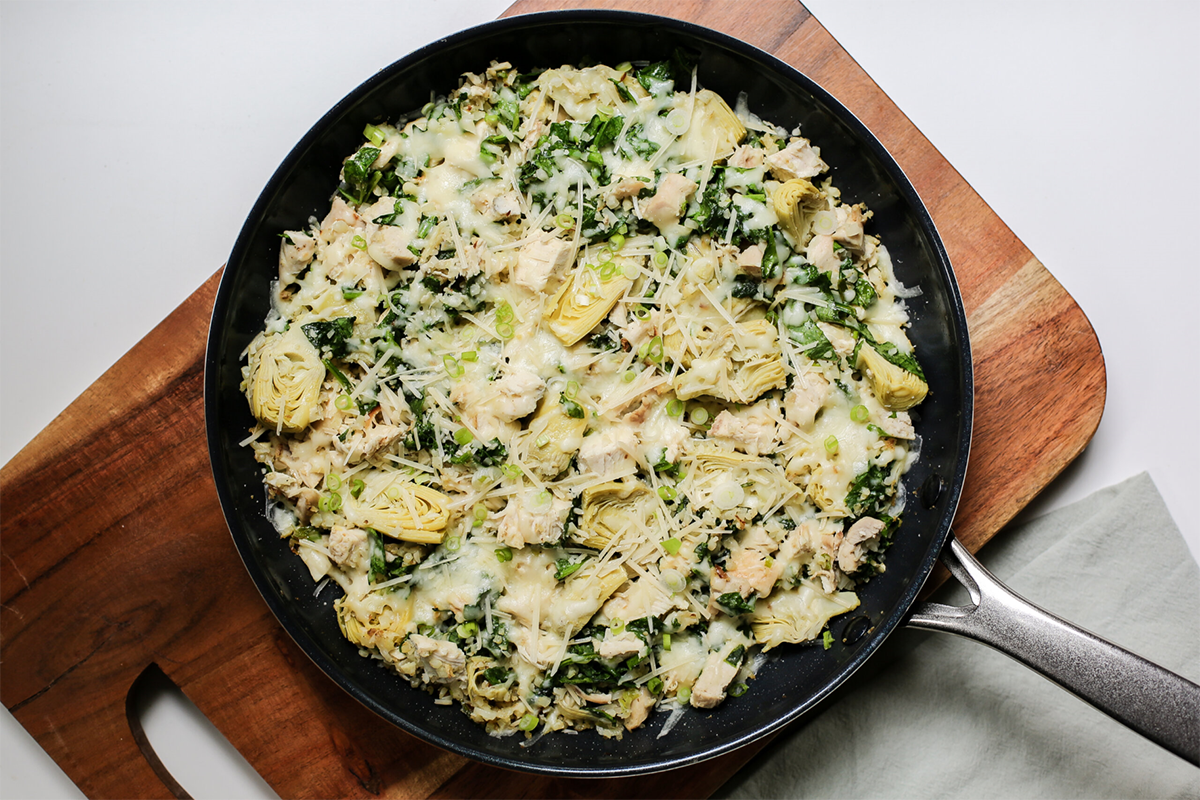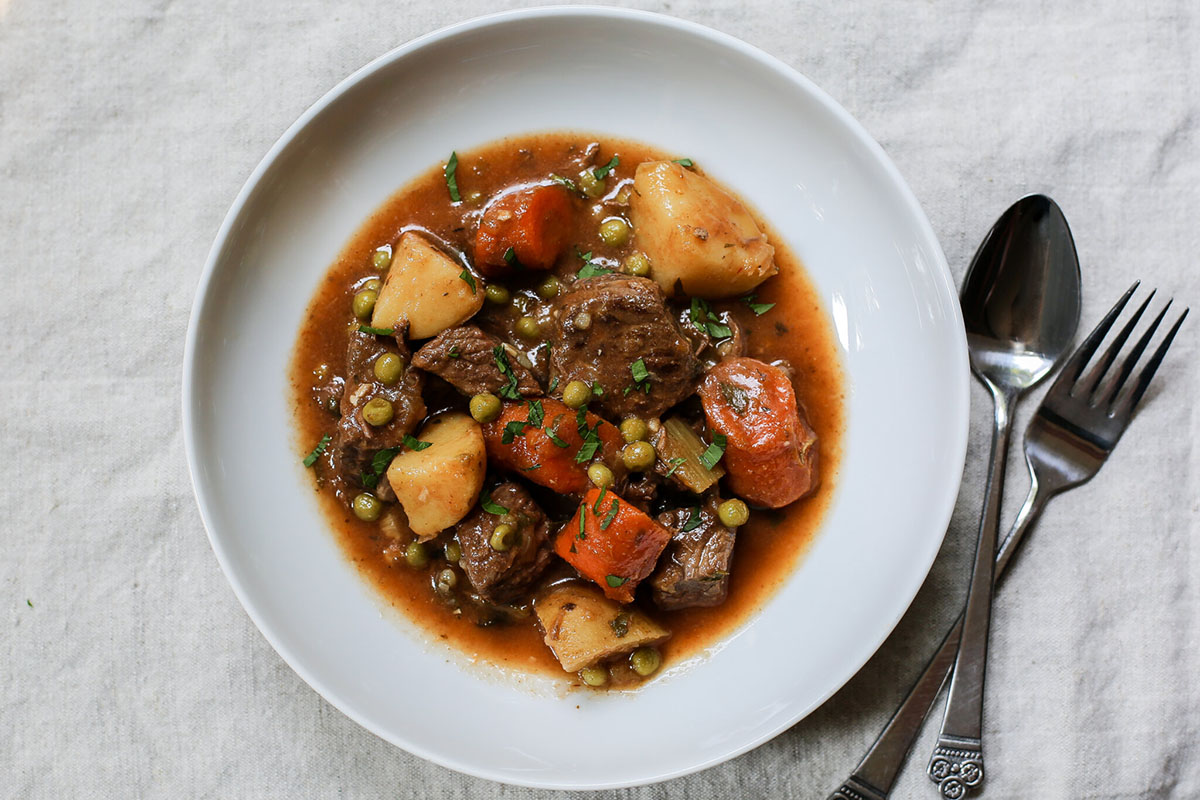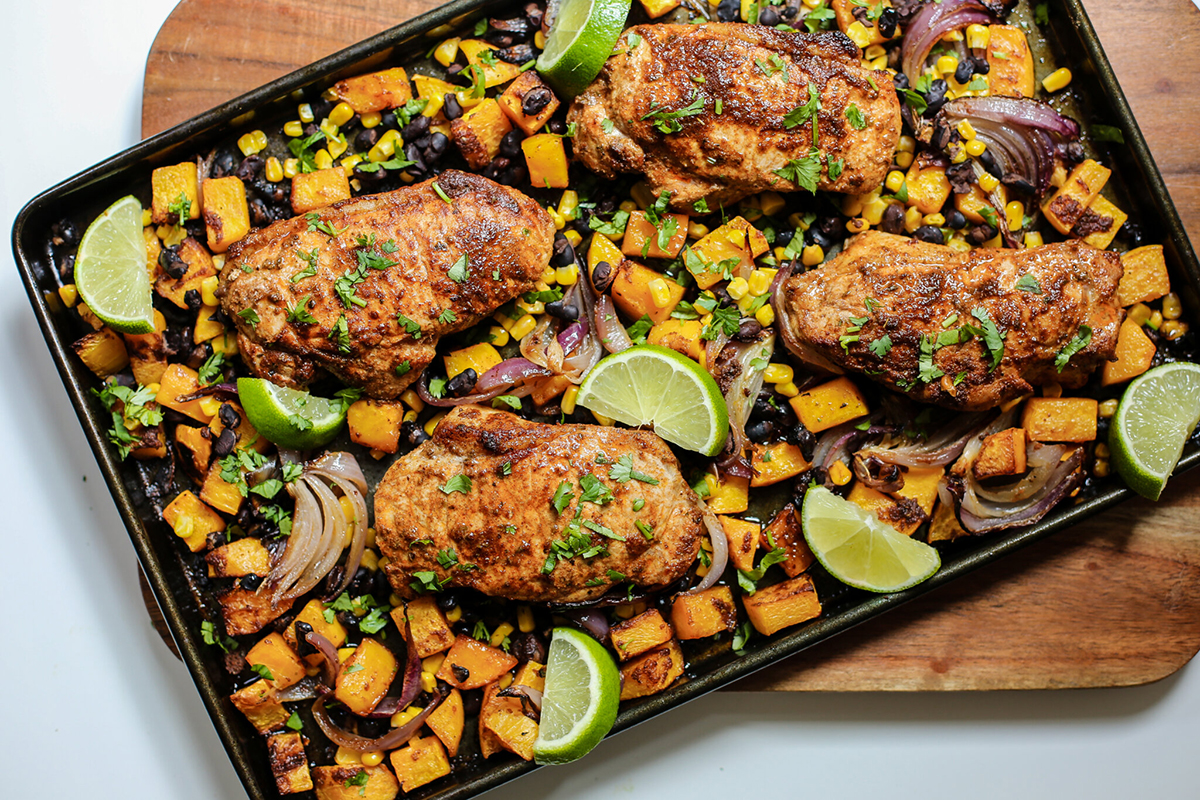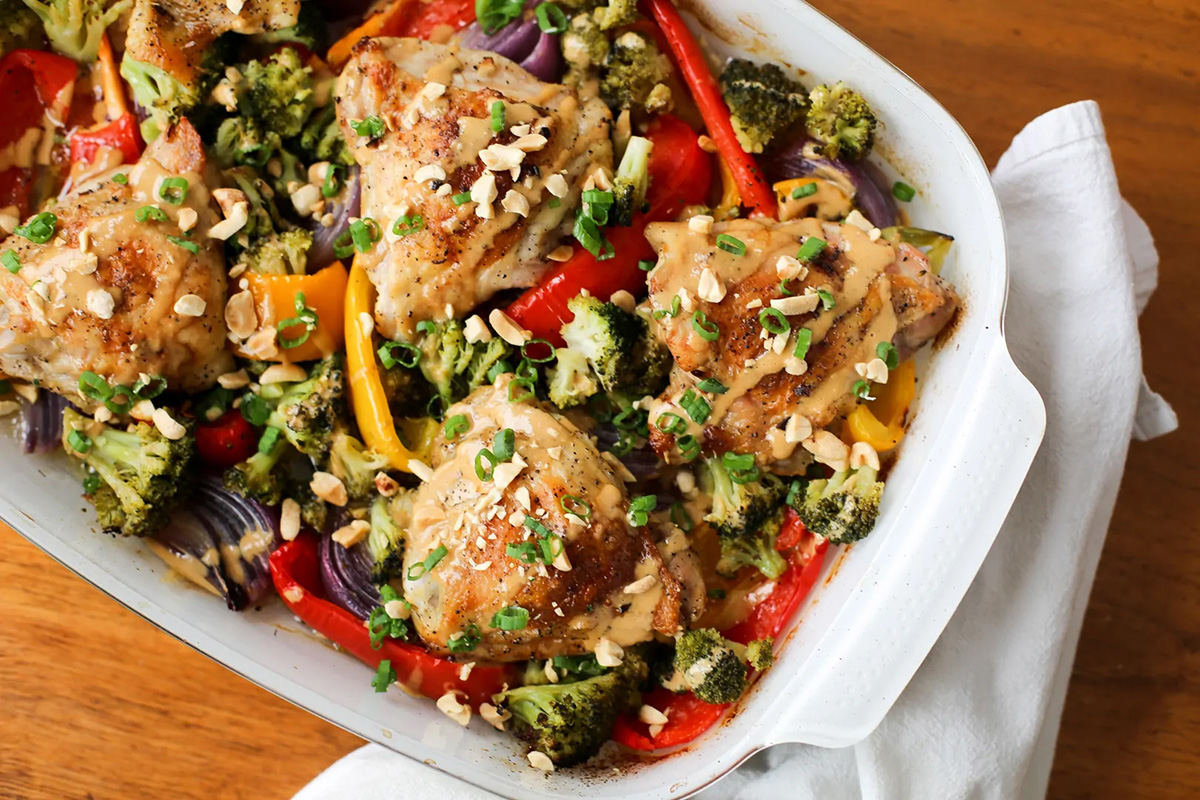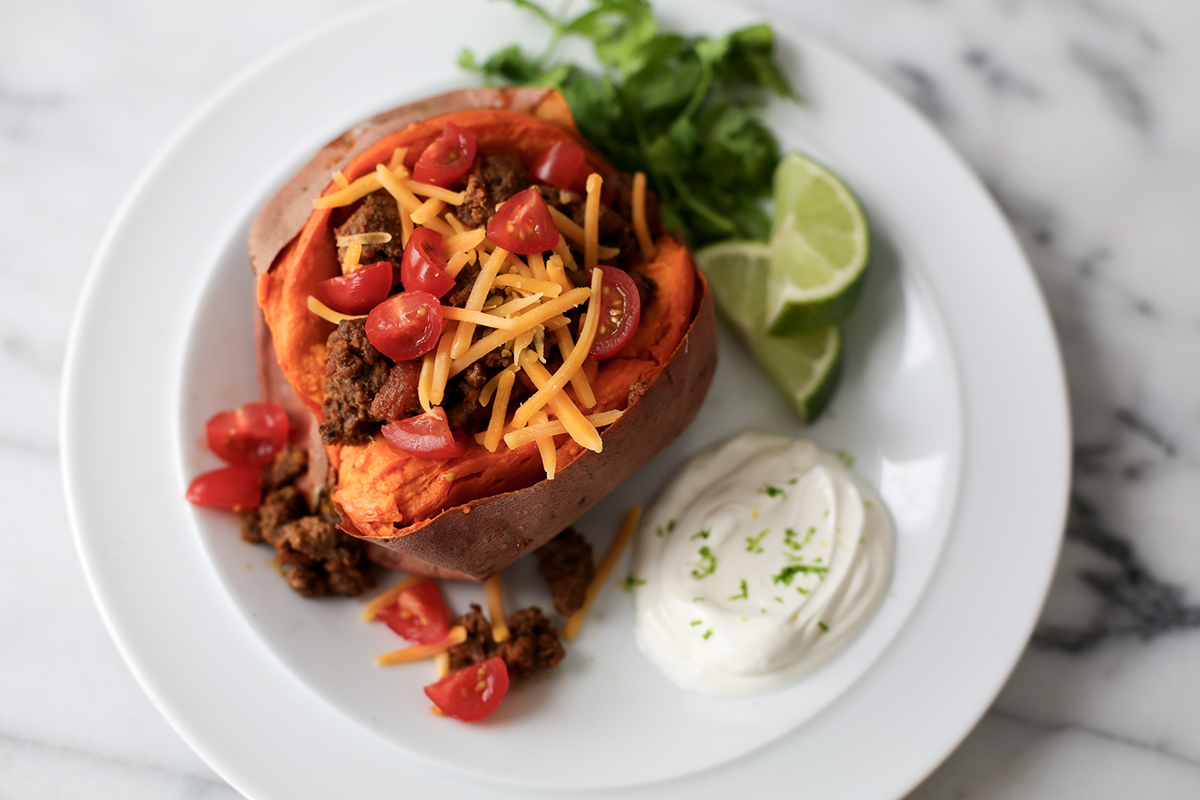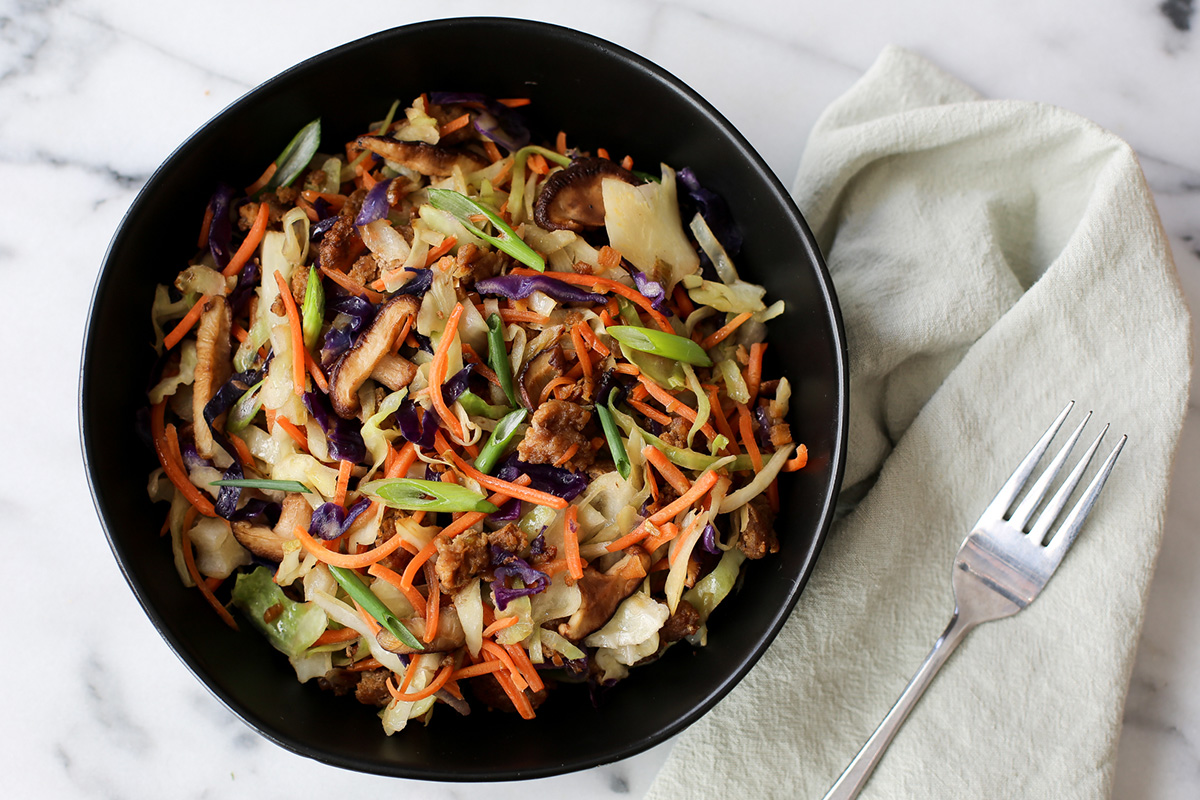When you’re new to the gym or restarting your fitness journey, you may notice that you feel hungrier than usual. It’s not just you — it’s science. When you start to burn more energy than usual, your body sends hunger signals to refuel with food. But to sustain a healthy, active lifestyle — or perhaps meet a weight-loss or bulking goal — eating just any food won’t do. A well-rounded diet is essential to your overall wellness.
Sounds easier said than done, right? We get it — groceries can be expensive, cooking healthy meals takes time, and sometimes it’s tempting to eat the most convenient option.
If you’re not sure where to start when it comes to healthy eating, we’ve got you covered. Let’s talk about:
- Why healthy meals are important
- How to cook healthy meals on a budget
- How to eat healthy without sacrificing taste
- Our 2-week cheap healthy eating meal plan
The power of healthy eating
You may know that healthy eating is important, but do you know why? Eating a healthy diet not only provides the energy you need for daily life, but also protects against chronic diseases like diabetes and promotes overall wellness. It also:
- Prevents fatigue
- Supports muscle growth and repair
- Boosts immunity
- Strengthens your bones
- Helps you maintain a healthy weight
- Boosts your mood
That’s why you may feel sluggish if you increase the frequency or intensity of your workout routine without eating healthy meals. It can also put you at risk for injury and overtraining that could hinder your progress.
Myth #1: Eating healthy meals on a budget isn’t possible.
The idea that good-for-you food is not affordable is one of the most common misconceptions when it comes to healthy eating. In fact, 46% of Americans view healthy food as being more expensive
Truth: The price difference between healthy and unhealthy ingredients is marginal.
Research from the Harvard School of Public Health (HSPH) found that the healthiest diets cost about $1.50 more per day than the least healthy diets. While the upfront cost of healthy cooking is slightly higher, HSPH says the cost is “trivial compared with health costs of eating an unhealthy diet.” Over time, eating a healthy diet reduces risk for chronic diseases and cancers that could lead to higher medical costs and a lower quality of life.
What about the eating out vs. getting takeout debate? Many people prefer the convenience of takeout — and some even believe it’s cheaper than cooking at home. However, while the cost of food is generally rising, the cost of meals prepared outside the home has increased at a higher rate than the cost of cooking meals at home (and eating at home is generally healthier than eating at a restaurant).
Myth #2: Healthy recipes don’t taste good.
Many people avoid healthy recipes because they don’t like the taste, but we’re here to tell you that healthy meals can taste good!
Truth: Your body needs time to adjust to a healthier diet.
Ultra-processed foods and fast-food options are designed to taste good. While they’re full of satisfying flavor, they’re also high in sodium, saturated fats, and added sugars and often lack the necessary nutrients your body needs to function properly. Over time, a diet consisting mostly of ultra-processed foods can increase your risk for long-term complications, diseases like diabetes, and weight gain.
Due to the high amount of sodium, sugar, and flavor in ultra-processed foods, the more you eat, the more you’ll crave them — and healthy, whole foods may seem to have a duller flavor. As you reduce the amount of ultra-processed foods in your diet, you should begin to enjoy the taste of healthy ingredients more and notice fewer cravings for unhealthy foods.
Myth #3: I should make the switch to a healthier diet right away.
It can be tempting to go all in when switching to a healthier diet, but that’s not always a sustainable option, and it could lead to burnout.
Truth: Small, gradual changes are key to real progress.
Instead of going cold turkey, introduce one or two healthy ingredients to your pantry each week. And remember: It’s all about moderation. Indulging in a sweet treat once in a while will not derail your fitness goals.
How to shop for cheap, healthy meals
Having healthy ingredients on hand is key to maintaining a balanced diet and makes it easier to regularly prepare nutritionally-balanced meals. When your pantry is stocked with wholesome options, eating healthy is convenient.
Add these healthy pantry staples to your grocery list:
- Canned goods like beans, fruits, and vegetables
- Whole grains, pasta, and oatmeal
- Spices and herbs (healthy food can have flavor!)
- Baking ingredients, oils, and vinegars
- Dried fruits, nuts, and seeds
- Refrigerator staples like eggs, yogurt, and greens
14 budget dinners: 2-week cheap, healthy eating meal plan
To get you started, we created this two-week meal plan with 14 budget dinners that give you the energy you need to support an active lifestyle. With a fully stocked pantry, you’ll likely have most of these ingredients on hand, making cheap, healthy meals a convenient option. Try one or make them all!
Healthy recipe 1:
This creamy buffalo chicken salad bowl has all the flavor of a restaurant salad at a fraction of the price.
Healthy recipe 2:
This hearty jalapeño popper bean soup is one of our favorite low-cost recipes, loaded with beans that are rich in fiber and protein and jalapeños for a little kick.
Healthy recipe 3:
These chorizo southwestern stuffed peppers pack a flavor punch (and they’re a great option if you’re looking for healthy meal prep ideas). To make this recipe even more affordable, swap the chorizo for ground beef or ground chicken.
Healthy recipe 4:
Ground chicken is one of the most affordable meat-based proteins available. Load up your chicken parmesan meatballs with cheese and marinara for a cheap, healthy meal that doesn’t sacrifice taste.
Healthy recipe 5:
This enchilada skillet is a budget dinner that uses just one pan and takes 20 minutes to cook. That’s a win-win-win!
Healthy recipe 6:
We love these build-your-own grain bowls because they’re customizable. Modify the recipe for any price point, taste preference, or diet — it’s easy to make them vegetarian-friendly.
Healthy recipe 7:
A healthier twist on a classic dip, this one-pan spinach artichoke chicken is a budget dinner that’s sure to satisfy.
Healthy recipe 8:
What’s more classic than a beef stew? This affordable recipe serves eight. Feed the whole family or save the extras for lunch.
Healthy recipe 9:
Cozy up with this easy chicken pot pie soup that’s loaded with veggies and protein.
Healthy recipe 10:
These sheet pan southwest pork chops and squash are one of our favorite cheap, healthy meals because they’re loaded with flavor and require minimal cleanup.
Healthy recipe 11:
Our one-pan crispy peanut chicken thighs are a cheaper, better-for-you version of a takeout classic.
Healthy recipe 12:
This white chicken chili uses mostly canned ingredients, so it’s fast, easy, and inexpensive.
Healthy recipe 13:
Swap tortillas for sweet potatoes to make a budget dinner that’s as simple as it is flavorful.
Healthy recipe 14:
Skip takeout and save a few extra dollars with this recipe for egg roll in a bowl.
A final note on finding cheap, healthy meals
Eating a healthier diet takes time, but the long-term effects — improved mood, better overall health, and more energy — are worth it. Remember to be patient with yourself as you discover new low-cost recipes and experiment with different ingredients, price points, and taste profiles.
Short on time? More ideas for easy, healthy meals on a budget
Even with a busy schedule, healthy cooking is still possible. Check out these healthy meals you can prep ahead of time:
Ready to dive deeper into nutrition? Check out the blog for more expert resources and tasty recipes.

